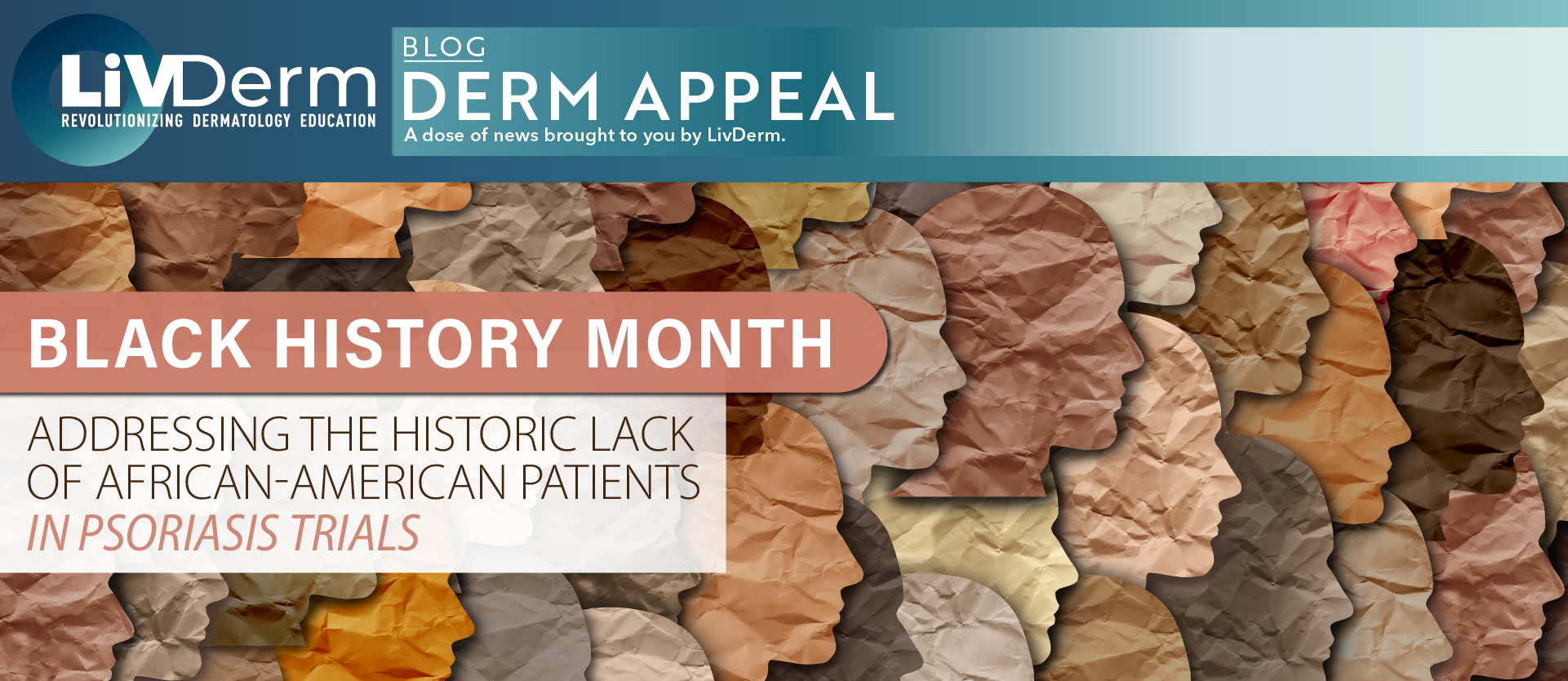Although psoriasis affects people of all skin colors, current estimates reveal that most racial and ethnic marginalized populations are often lacking in psoriasis research clinical trials. While the skin condition affects approximately 4% of Caucasians, 2% of African Americans, 1.6% of Hispanics, and approximately 0.47% of Asians, an overwhelming majority of psoriasis patients taking part in phase 3 clinical trials for biologic medications are Caucasian, per data from a recent study. As phase 3 clinical trials provide much-needed large-scale safety and efficacy data on novel treatment methods, the inclusion of non-white participants in these studies is critical as it informs tailored treatment algorithms and the development of educational resources as well.
Furthermore, ethnicity and race may play a role in response to biologic treatment, underlining the need for greater diversity in trial cohorts that ensure the safety and efficacy of medications in the general population. Authors of the study highlight: “evidence has shown that non-white ethnicity is associated with a reduced likelihood of responding to biologics up to one year in patients with psoriasis.” Overall, research has shown that approximately 20% of new medications evidence interracial/ethnic variability in efficacy and safety profiles, dosing, pharmocokinetics, pharmagenetics, and other variables.
Disparities in Demographic Representation
To investigate the disparities in demographic inclusion in psoriasis research, authors of the latest study from the University of California in San Francisco conducted a review of the ClinicalTrails.gov database in search of completed phase 3 trials of plaque psoriasis in adults before May 8, 2020. In total, 82 phase 3 clinical trials evaluating psoriasis treatments – from topicals to systemic and biologic medications – met inclusion criteria, representing data from nearly 49,000 participants.
In total, 82 phase 3 clinical trials evaluating psoriasis treatments from topicals to systemic and biological medications, representing nearly 49,000 participants. After analyzing participants’ ethnicities and races, only 64.5% reported the subject’s ethno-racial information. Nearly 82% of those participants were Caucasian, the authors wrote.
With a global burden estimated between 0.91% to 8.5% of the population, psoriasis necessitates the inclusion of more than 14.2% non-white subjects in phase 3 trials. Current racial inequities in trial enrollment result in severe under-representation of adults with skin of color, affecting Black patients specifically who make up only 3% of participants in phase 3 trials.
On a larger scale, a critical goal for clinical research is to increase trial participant diversity, across specialties. Researchers should consistently report safety and efficacy data sub-analyses by ethnicity and race. New strategies are needed to focus on diversity in trials and databases such as recruiting more people of color, employing people and organizations in marginalized communities to assist recruitment efforts, and funding translation services when needed.
To help clinicians bridge racial gaps in dermatologic care, LivDerm is offering a novel Deep Dive: Racial Disparities in Dermatology online learning event between March 6-7, 2021 that aims to equip dermatologists with the most clinically relevant strategies for optimizing the treatment of skin of color.

















